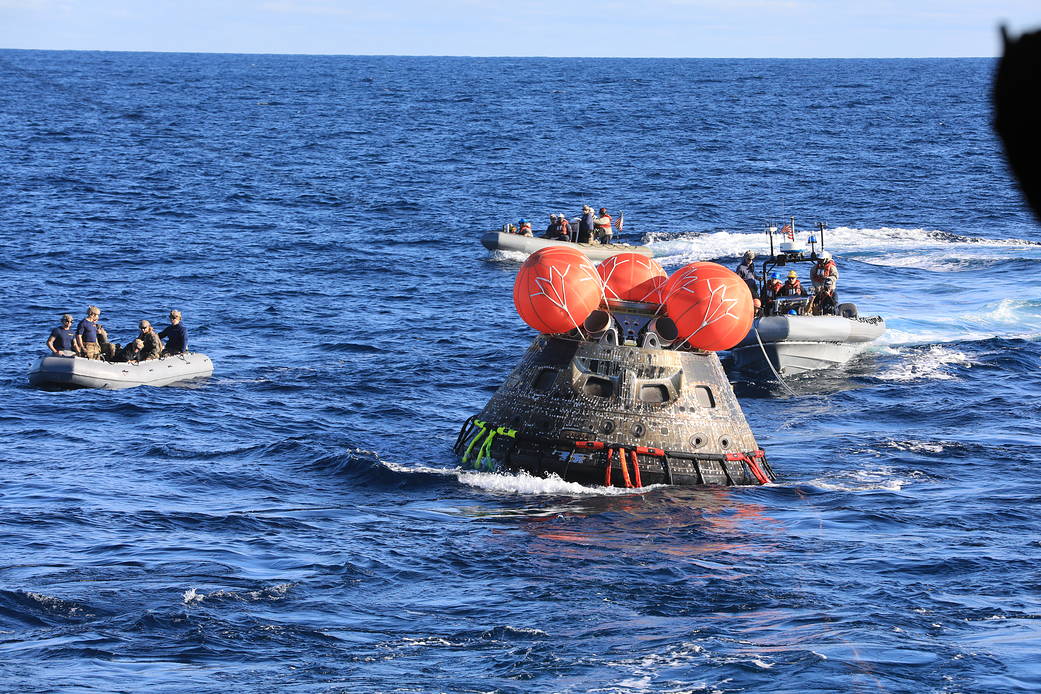
On Sunday, Dec. 11, the Orion spacecraft made its fiery descent through our atmosphere and returned to Earth, splashing down in the Pacific Ocean. Orion’s successful return marks a major milestone and achieves a core objective for the Artemis I mission: a flight test of the Orion heat shield.
NASA’s Ames Research Center in California’s Silicon Valley has been instrumental in the development and testing of Orion’s heat shield, which uses a modified version of the Avcoat material from the Apollo program.
During its return, Orion’s heat shield helped the spacecraft endure temperatures of nearly 5,000 degrees F and 25,000 mph. After splashdown, NASA and the U.S. Navy recovered the spacecraft and brought it back to land. Now that Orion has safely returned to Earth, as early as May 2023, researchers at Ames will study samples of the heat shield material to analyze how well the spacecraft and its thermal protection systems fared in the re-entry environment. That will pave the way for NASA to certify the spacecraft for missions with crew beginning with Artemis II, scheduled to launch in 2024.
For news media:
Members of the news media interested in covering this topic should reach out to the NASA Ames newsroom.
Image credit: NASA/Kim Shiflett

























